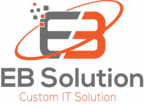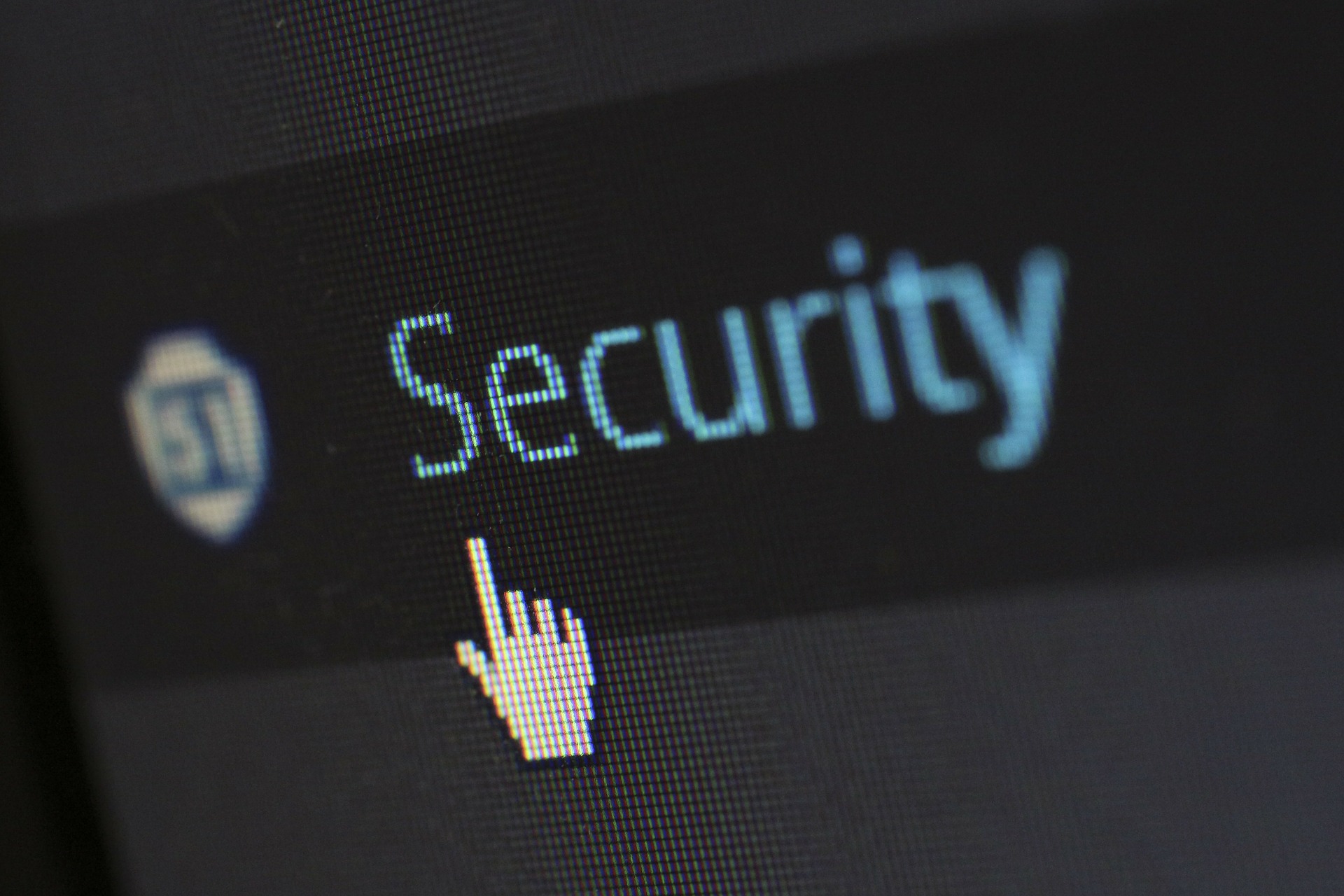These days, many businesses use virtualized infrastructure for more straightforward data storage. This approach is regarded as superior to physical solutions due to enhanced flexibility, straightforward provisioning, and affordable pricing.
However, Virtualized Infrastructure also requires a comprehensive approach to information security. And can have a significant impact on how quickly you can retrieve your data and resume operations in case of a cyberattack.
There’s a much greater risk of data loss. Many tools and practices for physical data protection are nearly ineffective in the virtual setting. Virtual threats are different, that’s why you have to think beyond traditional perimeter protection.
So, if you’re using a virtualized infrastructure for data storage, you might want to read this blog post.
In this blog post, we’ll discuss the risks of improper virtualized infrastructure security and talk about ways it can be improved.
DON’T LEAVE YOUR VIRTUALIZED INFRASTRUCTURE TO CHANCE
We now live in a world of virtualized environments and need to apply security to all its layers. So if you take your business’s security seriously you have to take virtualization security seriously as well. It is absolutely crucial for every business’s security strategy.
Here are three of the most common virtualization security issues.
1. EXTERNAL ATTACKS
Probably the biggest threat to virtualized infrastructure.
If hackers get access to your host-level or server management software, they can easily access other crucial parts of your system. They can create a new user, assign admin rights to it, and then use those rights to steal, replace or destroy your company’s sensitive data.
2. FILE SHARING AND COPY-PASTING
Host and virtual machine (VM) sharing is disabled by default. The same goes for copy-pasting between the virtual machine and remote management console. Some users tweak default settings by modifying the ESXi host system. Here, at EB Solution, we strongly recommend against it.
Why?
We saw it so many times… A hacker gains access to the management console, copies data outside your virtual environment, or installs malware into your virtual machine.
It’s disabled for a reason, so make sure that you know what you are doing when enabling it.
3. VIRUSES
Virtual machines, just like ordinary machines are prone to different types of cyberattacks, with ransomware being the most popular one. For this reason, exactly, we advise you to make regular backups of your data and store them off-site at a place where they can’t be accessed by hackers.
If for some reason you fail to perform backups, you may find yourself in a very unpleasant situation where hackers encrypted all your data and won’t give you decryption keys unless you pay a hefty ransom.
But even when you perform regular backups restoring a VM may be quite tricky. Therefore, it would be nice if your employees were aware of the risk of getting ransomware and other viruses and how to alleviate it.
Optimize Your Virtualized Infrastructure Security
Now you are aware of the 3 most common issues businesses face when they have an unprotected virtual infrastructure. Got a sudden urge to protect yours? Here are some tips on bolstering your security.
1. MANAGE YOUR VIRTUAL SPRAWL
Virtual sprawls are often associated with quickly growing virtual environments. The concept simply means that the more you expand, the harder it is for you and your administrators to manage VMs safely and effectively. And the number of machines can outgrow your ability to manage them very fast.
- To get some better control over your VM sprawl, consider doing the following:
- Create an inventory of all your machines and update it regularly
- Set up lookouts featuring multi-location monitoring
- Monitor IP addresses that have access to your virtual machines
- Check for table locks
- Avoid database grant statements to give privileges to others
- Keep backups, both on- and off-site
- On a regular basis, take a look at your machines to check which ones you still need and which don’t
- Have a central log of your system and log all hardware actions
- Create a schedule for patch maintenance for all the machines
2. FOCUS ON VIRTUAL CONFIGURATION SETUP
If you use virtual servers, you may run into some major configuration defects.
That’s why we think it’s necessary to make sure that initial setups are performed correctly and without potential security risks. Otherwise, all your virtual machines will inherit unnecessary ports, useless services, and similar vulnerabilities.
The sad truth is that many businesses have poor virtual network configurations. To avoid being one of those ensure that all your virtual applications that call the host (and vice versa) have proper segmentation. This includes databases, web services, and so on.
It’s also worth mentioning that most VM platforms offer the same three switch security settings: forged transmits, promiscuous mode, and MAC address changes. As you can see, there’s no protection for virtual systems that connect to other network areas.
So, make sure to investigate each platform that allows this kind of communication. Pay attention to memory leaks, copy-paste functions, and device drivers.
3. SECURE ALL PARTS OF THE INFRASTRUCTURE
And by all, we mean all its physical components (switches, hosts, physical storage, routers) as well as virtual components and guest systems. And don’t forget about all your cloud systems.
When it comes to protecting infrastructure parts, this is what you can do:
- Install the latest firmware. Having the latest security patches will go a long way toward protecting your Virtualized infrastructure. So, keep all your VMware tools updated.
- The same goes for your active network elements such as routers, switches, and load balancers.
- Schedule patch installations outside of your work hours and turn on automatic reboot.
- Install and update antivirus/antimalware software on all virtualized environments.
4. HAVE A ROBUST BACKUP PLAN
Disaster recovery (DR) – many don’t think about it until it’s too late. But proper disaster recovery and backup plans could ensure that your business can continue operating even after a cyberattack. Not only does it protect your operations from cyberattacks on virtual components of your business but also from physical disasters like floods, hurricanes, etc.
Ideally, you want to have a disaster recovery site located at a faraway data center or even in the cloud. This way, you’ll minimize the risk of having both of your sites shut down for a long time.
Also, make sure to back up your virtual machines and your physical servers.
And as a cherry on top, you want to make a copy of your data and store it in some off-site location. This way, even if your main and DR sites are down for some reason you still can load a backup from cold storage.
PRIORITIZE THE SECURITY OF YOUR VIRTUALIZED INFRASTRUCTURE
If you never gave much importance to virtualized infrastructure security, it’s better to start now. Given the number and severity of possible threats, protecting your virtual machines from unauthorized access, data sharing, viruses, and other harmful actions is crucial.
Don’t know where to start? Don’t worry, the reality is that many business owners have struggled with the same problem. Just reach out to us for a 10-15-minute chat where we can discuss how you can bring the security of your virtualized infrastructure to the next level.
EB Solution offers IT services, including Virtualized Infrastructure and Cloud-Based Solutions, for small to medium businesses in the Greater Toronto Area area. Virtualized infrastructure is a proven way to ensure business continuity, reduce IT costs and make technology more accessible to your employees.


